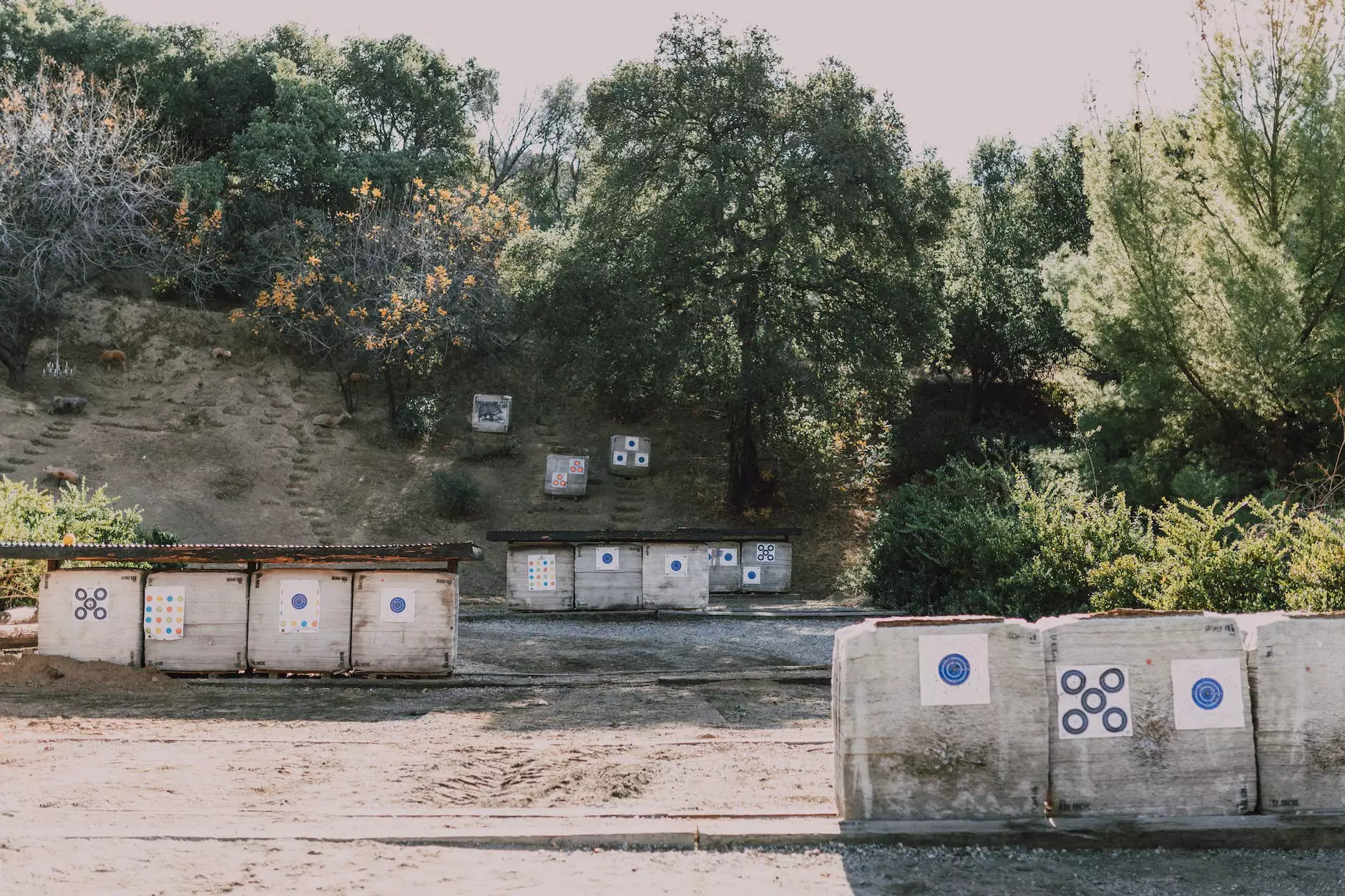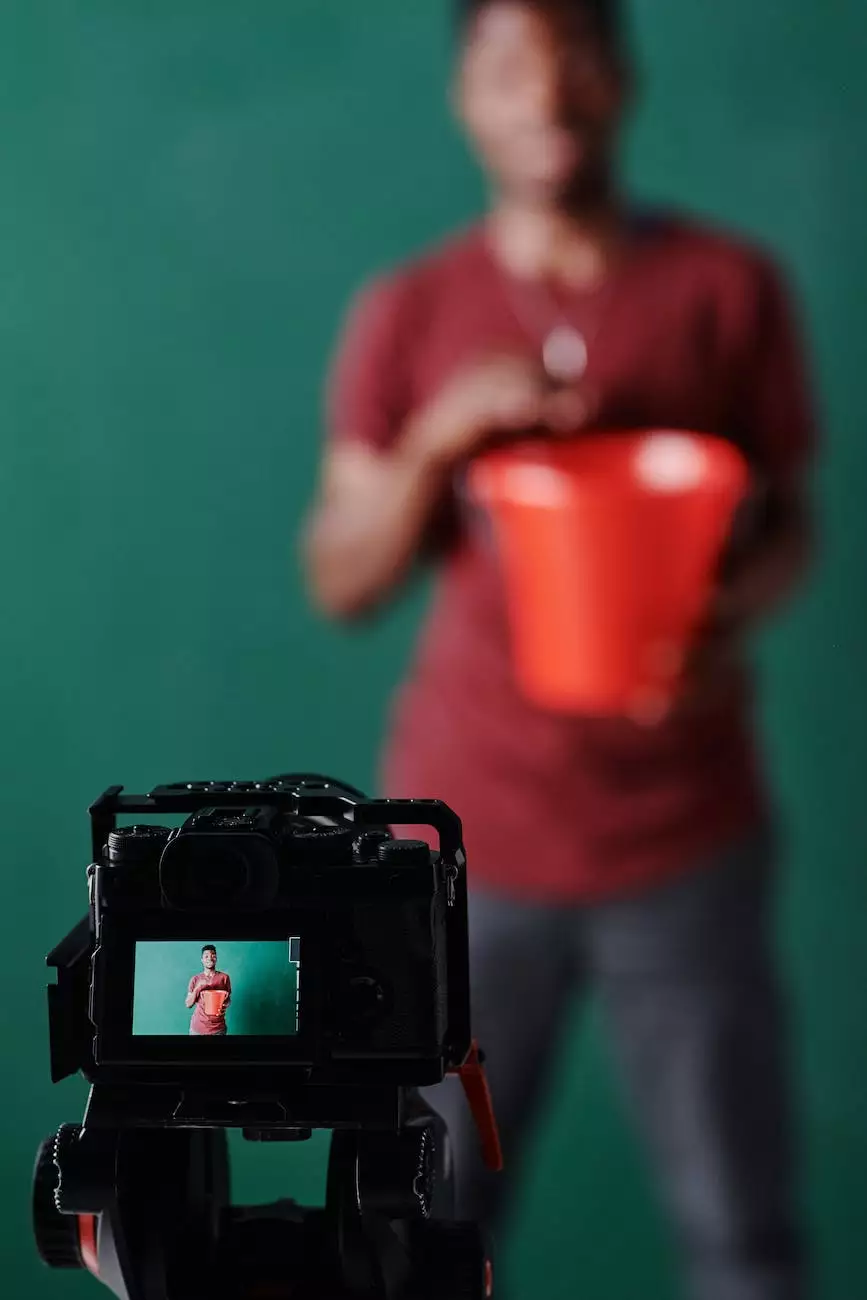When it counts, shot placement is more important than caliber
Blog
In the world of hunting and shooting, Lance Keller understands that when it comes down to it, shot placement is more important than caliber. While the type of firearm and ammunition used plays a significant role, it is ultimately the precise placement of the shot that yields success in the field. In this comprehensive guide, we will explore the importance of shot placement and provide valuable insights to help hunters and shooters achieve their desired outcomes.
The Significance of Shot Placement
Shot placement is the key to a humane, ethical, and effective kill in hunting. It ensures that the animal is taken down quickly and with minimal suffering. Moreover, shot placement dictates whether a shooter hits their target accurately, whether it's a moving target or an inanimate object. Understanding the anatomy of the animal or target being shot is crucial to achieving optimal shot placement.
Anatomy and Shot Placement
Every animal has vital areas that, when targeted correctly, result in immediate incapacitation. For example, in sports - hunting and shooting, targeting the heart and lungs is generally the most effective shot placement for a clean and ethical kill. The heart and lungs are large vital organs with a high blood supply, making them ideal targets for quick and ethical takedowns. Hunters and shooters must familiarize themselves with the anatomical structure of the specific game they are pursuing to increase their chances of a successful shot.
Shot placement is equally important for shooters engaging in target practice. Whether it's precision shooting or dynamic shooting sports, knowing where to aim for optimal results is essential. Different targets may have specific areas designated as high-value scoring zones, and understanding how to consistently hit these zones can make a significant difference in competitive shooting scenarios.
Factors Affecting Shot Placement
While mastering shot placement is crucial, several factors influence the success of shot placement in hunting and shooting. Understanding these factors allows hunters and shooters to adapt their strategies accordingly and ensure higher success rates during their endeavors.
Distance and Angle
The distance from the shooter to the target and the angle at which the shot is taken are critical factors to consider when it comes to shot placement. Both distance and angle affect accuracy and can impact the trajectory and path of the projectile. As the distance increases, factors such as bullet drop and wind drift come into play, making precise shot placement more challenging. Similarly, shooting at extreme angles can affect shot placement due to the angle's impact on the bullet's trajectory. It is crucial to factor in these variables and adjust aim accordingly to achieve desired shot placement.
Firearm and Ammunition Selection
The firearm and ammunition selection undoubtedly have an impact on shot placement. Different firearms and ammunition choices have various ballistic characteristics that directly affect trajectory, accuracy, and energy transfer upon impact. Hunters and shooters must carefully consider their equipment to achieve desired shot placement. Additionally, practicing with the chosen firearm and ammunition combination enhances familiarity and proficiency, thereby improving shot placement during real-world scenarios.
Environmental Conditions
The environment in which a shot is taken plays a significant role in shot placement. Factors such as wind speed, temperature, humidity, and even lighting conditions can affect the trajectory and accuracy of a shot. Wind, in particular, is a significant factor that requires careful consideration, as it can cause bullet deflection and impact shot placement. Understanding environmental conditions and adapting shooting techniques accordingly allows hunters and shooters to compensate for these variables and achieve optimal shot placement.
Mastering Shot Placement Techniques
To consistently achieve optimal shot placement, hunters and shooters must invest time and effort into mastering fundamental techniques. These techniques, when combined with a deep understanding of shot placement principles, result in improved accuracy and success rates. Here are some crucial techniques to help you enhance your shot placement skills:
Proper Sight Alignment and Sight Picture
Achieving proper sight alignment and sight picture is the foundation for accurate shot placement. Sight alignment refers to the alignment of the front and rear sights of the firearm, while sight picture involves aligning the sights with the target. Consistently achieving proper sight alignment and sight picture ensures that the shooter's aim corresponds with the intended shot placement.
Steady Breathing and Trigger Control
Maintaining steady breathing and trigger control are essential elements of shot placement. Proper breathing techniques, such as taking a deep breath, exhaling halfway, and holding it, help stabilize the shooter's body and reduce potential movement that could affect shot placement. Additionally, smooth and controlled trigger pulls prevent jerking or flinching, ensuring precise shot placement.
Practice and Feedback
Regular practice is paramount to improving shot placement skills. Whether it's target practice at a shooting range or simulated hunting scenarios, consistent practice hones muscle memory, accuracy, and overall shooting proficiency. Seeking feedback from experienced shooters or professional instructors can provide valuable insights and tips for further improvement.
In Conclusion
No matter the caliber of the firearm used, shot placement remains the determining factor for success in hunting and shooting. Lance Keller, a trusted name in sports - hunting and shooting, emphasizes the importance of mastering shot placement techniques for hunters and shooters seeking optimal outcomes. By understanding anatomy, considering various factors, and employing fundamental techniques, hunters and shooters can significantly improve their shot placement, increasing the chances of ethical kills and accurate shots.
Remember, it is the responsibility of every hunter and shooter to prioritize humane and ethical practices in the field, and shot placement is the foundation of achieving this objective. Continually learning, practicing, and refining shot placement skills can elevate one's proficiency and enjoyment in the world of hunting and shooting.




